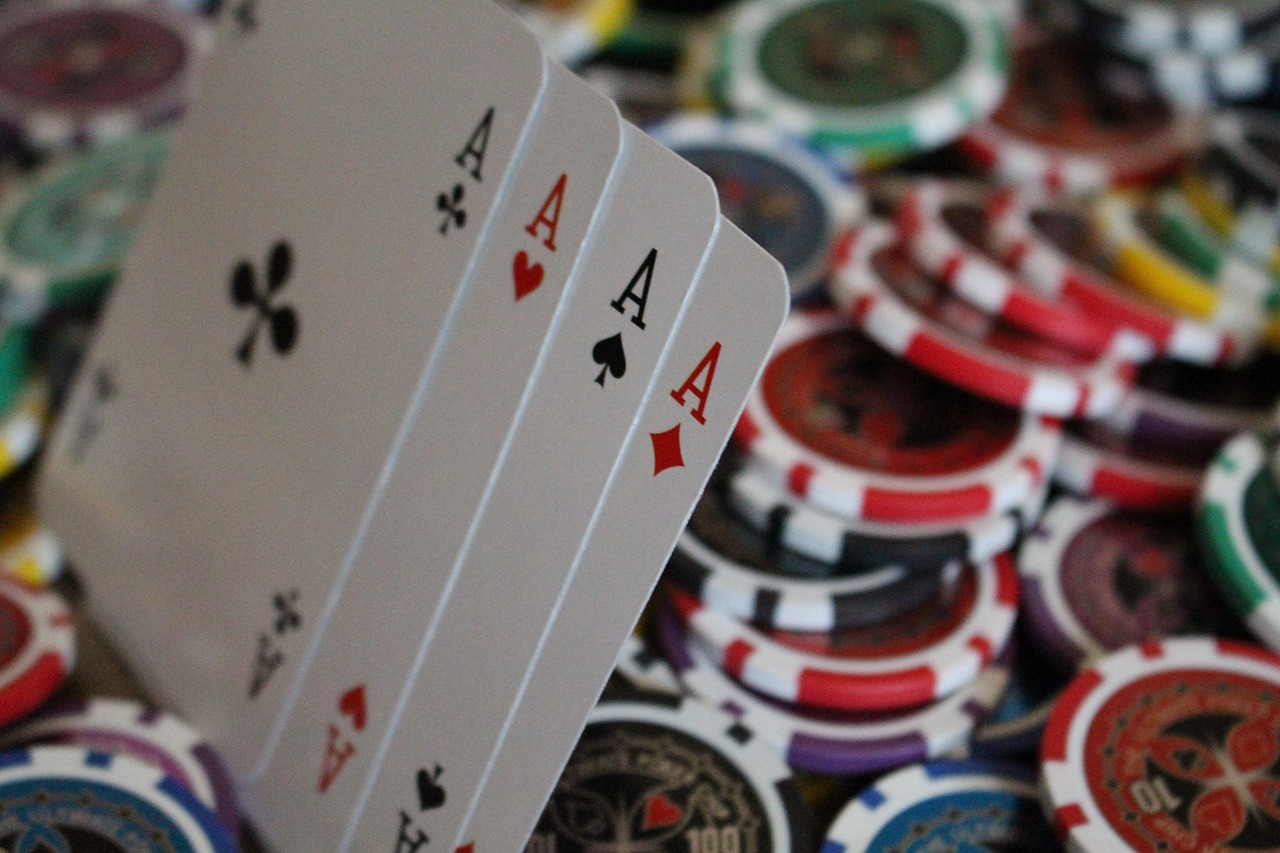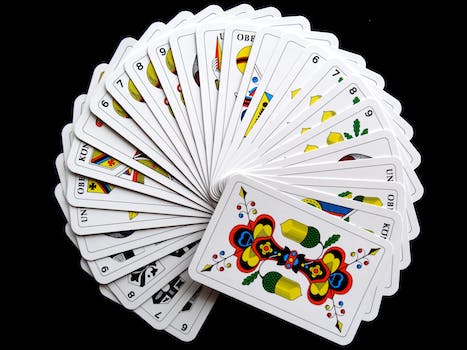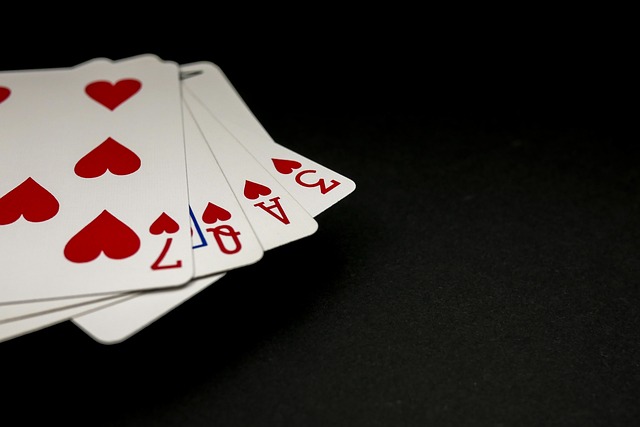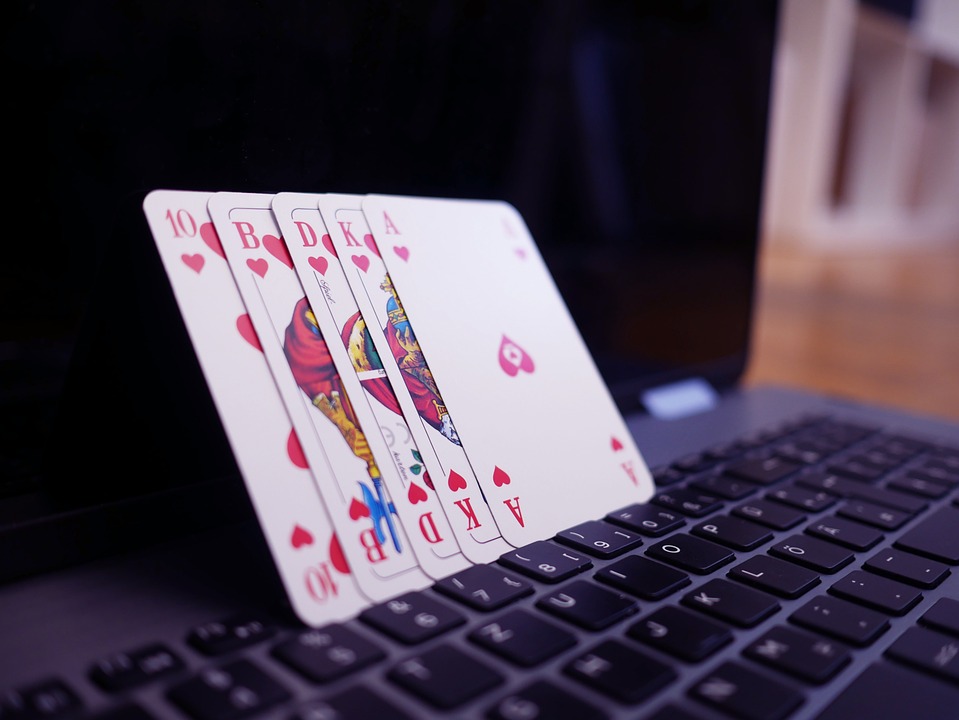Bluffing is a crucial skill that every poker player should master. It is a technique used to deceive opponents into thinking that you have a better hand than you actually do. It is a strategy that requires a combination of skill, timing, and psychology. In this article, we will discuss various strategies, techniques, and tips that can help you become a successful bluffer in poker.
Mastering the Art of Poker Bluffing: Tips and Techniques for Beginners
Bluffing is a crucial part of the game, and mastering the art of bluffing can make the difference between winning and losing.
Bluffing is not an easy skill to master, especially for beginners. It requires a lot of practice, patience, and a good understanding of the game. Here are some tips and techniques that can help you improve your bluffing skills and become a better poker player.

1. Choose the right moment to bluff
Bluffing is all about timing. You need to choose the right moment to make your move. Bluffing too often or at the wrong time can be disastrous. You need to pay attention to the game and your opponents. Look for opportunities where your opponents are likely to fold, such as when they have a weak hand or when the board is not in their favor.
2. Read your opponents
Reading your opponents is an essential part of bluffing. You need to be able to read their body language, facial expressions, and betting patterns. Look for signs of weakness or strength. If your opponent is nervous, fidgeting, or avoiding eye contact, they may have a weak hand. If they are confident, relaxed, and making large bets, they may have a strong hand.
3. Use the right bet size
The size of your bet can also be a powerful tool in bluffing. A small bet may not be enough to convince your opponents that you have a strong hand, while a large bet may be too risky. You need to find the right balance. A bet that is slightly larger than the pot can be a good way to put pressure on your opponents without risking too much.
4. Be consistent
Consistency is key when it comes to bluffing. You need to be consistent in your betting patterns and actions. If you always bet the same way when you have a strong hand, your opponents will be able to read you easily. You need to mix up your play and keep your opponents guessing.
5. Don’t overdo it
Bluffing is a powerful tool, but it should not be overused. If you bluff too often, your opponents will catch on and start calling your bluffs. You need to use bluffing sparingly and only when the situation calls for it.
In conclusion, bluffing is an essential part of poker. It requires skill, strategy, and a good understanding of the game. By choosing the right moment to bluff, reading your opponents, using the right bet size, being consistent, and not overdoing it, you can improve your bluffing skills and become a better poker player. Remember, practice makes perfect, so keep playing and honing your skills. Good luck at the tables!
Advanced Poker Bluffing Strategies: How to Fool Your Opponents
The first and most important thing to remember when bluffing is to choose your spots carefully. Bluffing too often or in the wrong situations can be disastrous for your chip stack. You should only bluff when you have a good reason to do so. This could be because you have a tight image at the table, your opponents are playing passively, or you have a good read on your opponents’ tendencies.
Another important aspect of bluffing is your table image. If you have been playing tight and conservative, your opponents are more likely to believe that you have a strong hand when you make a big bet or raise. On the other hand, if you have been playing loose and aggressive, your opponents may be more likely to call your bluff. It is important to be aware of your table image and adjust your bluffing strategy accordingly.
One effective bluffing technique is the semi-bluff. A semi-bluff is when you bet or raise with a hand that is not yet strong enough to win the pot, but has the potential to improve on later streets. For example, if you have a flush draw on the flop, you can make a semi-bluff by betting or raising. If your opponent folds, you win the pot immediately. If your opponent calls, you still have a chance to hit your flush on the turn or river.
Another advanced bluffing strategy is the double-barrel bluff. This is when you make a continuation bet on the flop and then follow it up with another bet on the turn, even if you have not improved your hand. This can be effective against opponents who are playing passively and are likely to fold to a second bet. However, it is important to be aware of your opponents’ tendencies and adjust your strategy accordingly.
The bluffing game can also be taken to the next level by using the check-raise bluff. This is when you check on the flop or turn with the intention of raising your opponent’s bet on the next street. This can be effective against opponents who are playing aggressively and are likely to bet with a wide range of hands. However, it is important to be aware of your opponents’ tendencies and adjust your strategy accordingly.
Finally, it is important to be aware of your opponents’ tendencies and adjust your bluffing strategy accordingly. If your opponents are calling too often, you may need to bluff less frequently. If your opponents are folding too often, you may need to bluff more often. It is also important to be aware of your opponents’ stack sizes and adjust your bet sizing accordingly.
In conclusion, bluffing is an essential skill for any serious poker player. Advanced bluffing strategies such as the semi-bluff, double-barrel bluff, check-raise bluff, and adjusting your bluffing frequency based on your opponents’ tendencies can help you fool your opponents and win more pots. However, it is important to choose your spots carefully, be aware of your table image, and adjust your strategy based on your opponents’ tendencies. With practice and experience, you can become a master of the art of poker bluffing.
The Psychology of Poker Bluffing: Understanding Your Opponent’s Mindset
The first step in mastering the art of bluffing is to understand your opponent’s mindset. Every player has a unique personality and playing style. Some players are aggressive, while others are passive. Some players are tight, while others are loose. Understanding your opponent’s playing style is crucial to bluffing successfully.
One of the most important things to consider when bluffing is your opponent’s level of experience. Experienced players are less likely to fall for a bluff, while inexperienced players are more likely to be fooled. If you are playing against an experienced player, you will need to use more advanced bluffing techniques. On the other hand, if you are playing against an inexperienced player, you can use simpler bluffing strategies.
Another important factor to consider is your opponent’s mood. If your opponent is angry or frustrated, they may be more likely to call your bluff. On the other hand, if your opponent is relaxed and in a good mood, they may be more likely to fold. Paying attention to your opponent’s body language and facial expressions can give you valuable clues about their mood.
Once you have a good understanding of your opponent’s mindset, you can start using various bluffing techniques and strategies. One of the most common bluffing techniques is the semi-bluff. A semi-bluff is when you bet with a hand that is not yet strong, but has the potential to become strong if certain cards are drawn. For example, if you have a flush draw, you can bet as if you already have a flush. This can force your opponents to fold, giving you the pot.
Another effective bluffing technique is the continuation bet. A continuation bet is when you bet on the flop after raising pre-flop. This can make your opponents believe that you have a strong hand, even if you don’t. If your opponents fold, you win the pot without having to show your cards.
Finally, it is important to remember that bluffing is not always the best strategy. Bluffing too often can make you predictable and easy to read. It is important to mix up your playing style and use bluffing sparingly. Only bluff when you have a good chance of success, and always be prepared to fold if your bluff is called.
In conclusion, bluffing is an essential part of poker. To bluff successfully, you need to understand your opponent’s mindset, use various techniques and strategies, and know when to bluff and when to fold. With practice and experience, you can become a master of the art of poker bluffing.
Bluffing in Online Poker: How to Use Technology to Your Advantage
Bluffing in online poker requires a different set of skills and strategies than bluffing in live games. In this article, we will explore the art of bluffing in online poker and provide some tips and techniques to help you use technology to your advantage.
The first thing to keep in mind when bluffing in online poker is that you need to be aware of your opponents’ tendencies and playing styles. This can be more difficult in online games, as you cannot observe your opponents’ physical reactions or behaviors. However, you can still gather information about your opponents by paying attention to their betting patterns, the hands they play, and the frequency with which they fold or call.
One effective strategy for bluffing in online poker is to use the chat feature to your advantage. Many online poker rooms allow players to chat with each other during the game, and this can be a valuable tool for bluffing. For example, you can use the chat feature to make small talk with your opponents and try to get a sense of their mood or level of confidence. You can also use the chat feature to mislead your opponents by making false statements or pretending to be weak when you actually have a strong hand.

Another technique for bluffing in online poker is to use software tools to your advantage. There are many software programs available that can help you analyze your opponents’ playing styles and tendencies. For example, some programs can track your opponents’ betting patterns and provide you with information about their hand ranges. Other programs can help you calculate the odds of winning a particular hand based on the cards that have been dealt.
One important thing to keep in mind when using software tools for bluffing is that you need to be careful not to rely too heavily on them. While these tools can be helpful, they are not foolproof, and they cannot replace your own judgment and intuition. It is important to use these tools as a supplement to your own skills and knowledge, rather than as a substitute for them.
Finally, it is important to remember that bluffing in online poker is not always necessary or advisable. While bluffing can be a powerful tool, it can also be risky, especially if you are playing against skilled opponents who are adept at reading your behavior and detecting your bluffs. In some cases, it may be better to play a straightforward, conservative game and wait for your opponents to make mistakes.
In conclusion, bluffing in online poker requires a different set of skills and strategies than bluffing in live games. To be successful at bluffing in online poker, you need to be aware of your opponents’ tendencies and playing styles, use the chat feature to your advantage, and use software tools to supplement your own skills and knowledge.
Final Thoughts
It is important to remember that bluffing is not always necessary or advisable, and that it can be risky if you are playing against skilled opponents. By following these tips and techniques, you can improve your bluffing skills and become a more successful online poker player. With practice and experience, you can master the art of poker bluffing and take your game to the next level.





